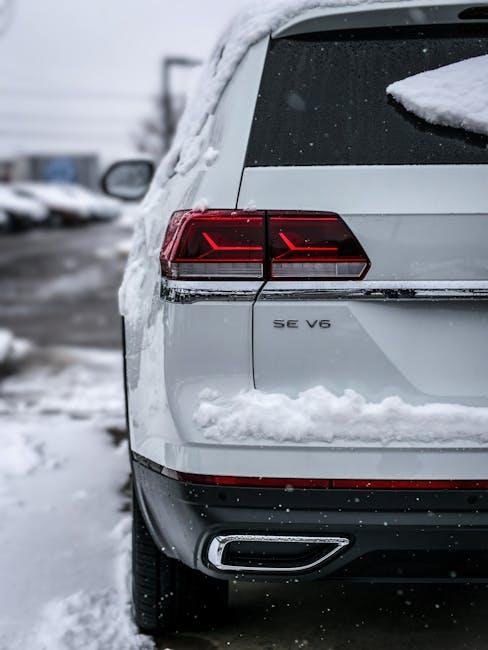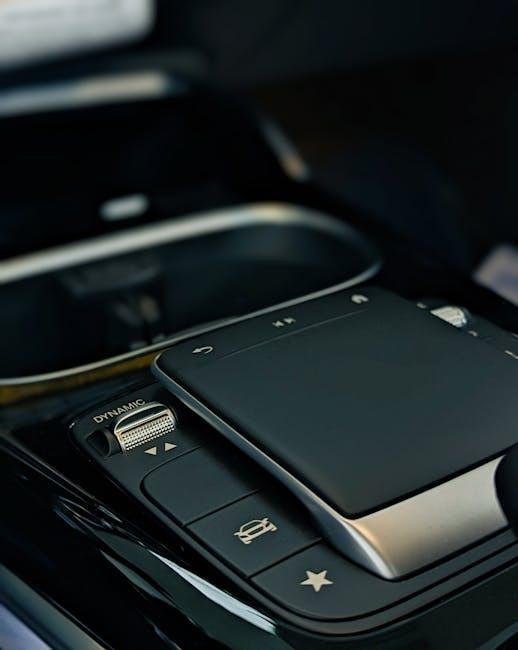Title: “Understanding Car Depreciation: A Guide for Savvy Buyers”
Introduction:
In the world of automobile ownership, the initial thrill of driving off the lot in a shiny new car often gives way to the sobering reality of depreciation. For many buyers, the term may invoke confusion or even trepidation, as it represents a critical yet often overlooked aspect of vehicle investment. Car depreciation refers to the decrease in a vehicle’s value over time, influenced by factors such as age, mileage, and market demand. Understanding this concept is essential for anyone considering a vehicle purchase, whether new or used. In this article, we will delve into what car depreciation truly means for buyers, exploring its implications on resale value, financing options, and overall budgeting, empowering you to make informed decisions that align with your financial goals.
Understanding the Basics of Car Depreciation and Its Impact on Value
Car depreciation is an certain aspect of vehicle ownership that affects every buyer. Generally, a car loses value the moment it is driven off the lot, and this process continues over time. Several factors contribute to how quickly a car depreciates, including its make and model, mileage, condition, and market demand. As an example, luxury vehicles tend to depreciate faster than more affordable brands due to their higher initial price tags. Understanding the nuances of depreciation can empower buyers to make informed decisions, particularly when considering used cars, which can present excellent value for money.
To illustrate the impact of depreciation, consider the following key points that highlight how it influences purchasing choices:
- Age of the Vehicle: New cars can lose 20-30% of their value within the first year.
- Mileage: Higher mileage typically results in greater depreciation.
- Condition: Well-maintained vehicles retain value better than those in poor condition.
- Market Trends: Popular models may depreciate slower than less desirable ones.
| Vehicle Type | Initial Value | Value After 1 Year | Depreciation Rate |
|---|---|---|---|
| Compact Sedan | $20,000 | $16,000 | 20% |
| SUV | $30,000 | $24,000 | 20% |
| Luxury Sedan | $50,000 | $35,000 | 30% |

Factors Influencing Car depreciation: What Buyers Should know
Understanding the dynamics of car depreciation is essential for buyers aiming to make a wise investment. Several factors play a role in the rate at which a vehicle loses value over time. Key influences include:
- Age of the vehicle: Older cars typically depreciate faster,with most losing around 60% of their value within the first five years.
- Brand and Model: Luxury brands may depreciate more slowly due to high demand, while economy models might depreciate rapidly as of oversupply.
- Mileage: Higher mileage can indicate more wear and tear, leading to a meaningful decrease in value.
- Condition: Well-maintained vehicles tend to hold their value better compared to those with visible signs of neglect.
additionally, external elements can also play a crucial role in a car’s depreciation. The state of the economy, fuel prices, and even changes in technology can influence how much a vehicle retains its value. as a notable example, rising interest in electric vehicles has led to fluctuating demand for traditional gasoline-powered cars. Buyers should also consider:
- Market Trends: A shift in consumer preferences can impact resale values considerably.
- Accident History: Vehicles with a record of accidents often face steeper depreciation.
- Seasonal Demand: Certain times of the year can affect pricing, particularly for models tied to specific whether conditions.

Smart Buying Strategies: Timing Your Purchase to minimize Depreciation Loss
Understanding when to buy a car can significantly impact the amount of depreciation loss you face. Car values tend to drop the most during specific periods,such as immediately after a new model is released or when the previous year’s models are cleared out. To turn this to your advantage, consider the following strategies:
- End-of-Year Purchases: Car dealerships often offer significant incentives to clear out inventory, making late December an opportune time to buy.
- Model Changeovers: Research when new models are typically launched. Buying right before a new model hits the lot can definitely help secure a solid discount on the outgoing model.
- Seasonal Trends: Certain times of the year, like tax refund season in spring, can see increased prices due to higher demand, while winter months may offer steeper discounts.
Additionally, keeping an eye on market trends and values can help you spot the perfect opportunity. use resources like online valuation tools and local sales data to time your purchase better. Here’s a simple table highlighting depreciation rates for different vehicle categories:
| Vehicle Type | First Year Depreciation (%) | Five-Year Depreciation (%) |
|---|---|---|
| Sedans | 20-25% | 50-60% |
| SUVs | 15-20% | 45-55% |
| Trucks | 10-15% | 40-50% |
By timing your purchase wisely and understanding how depreciation affects various vehicle types, you can make a more informed decision and possibly save a significant amount of money in the long run.
Evaluating Long-Term Costs: The Financial Implications of Car Depreciation for Buyers
Understanding the financial implications of car depreciation is vital for buyers looking to invest wisely. Depreciation affects the total cost of ownership and can significantly impact long-term expenses. When evaluating a vehicle purchase,consider the following factors:
- Initial Purchase Price: The more expensive the car,the greater the depreciation will be over time.
- Vehicle Type: Luxury cars tend to depreciate faster than economy models.
- Aging Curve: Cars lose value rapidly in the first few years, with significant drops typically seen in the first three years of ownership.
When planning your budget, it’s crucial to forecast potential resale value based on current market trends. A helpful approach is to analyze the average depreciation rates across several makes and models. Below is a simple table showcasing some common vehicles and their typical three-year depreciation rates:
| Vehicle Make/Model | 3-Year Depreciation Rate |
|---|---|
| Honda Accord | 40% |
| Toyota Camry | 36% |
| BMW 3 Series | 50% |
| Ford F-150 | 38% |
To Wrap It Up
understanding car depreciation is an essential part of the vehicle buying process. As you navigate the complexities of automotive purchases, being aware of how much value a car loses over time can significantly impact your investment strategy. Whether you’re looking for a reliable commuter, a family-kind SUV, or a sporty coupe, knowledge about depreciation helps you make informed decisions, potentially saving you thousands in the long run.As you weigh your options, remember that every car has its story of value retention, and with the right research, you can find a vehicle that aligns both with your needs and your budget. Drive smart,and let the road ahead be filled with both adventure and economic savvy.


